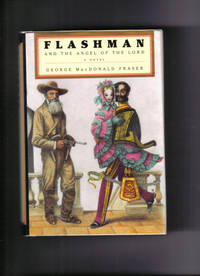Note:
This post is cross-posted from Bibliology, the blog of Biblio.com where Book Patrol will be contributing by featuring and highlighting material from their vast database of quality books. Why Biblio? They are the closest thing we have to an old-school bookshop online and I am honored and delighted to join their team. Book Patrol will also be curating the Bibliology e-mail newsletter which will focus on new arrivals and other book goodness. You can click here to join the fun!
With Black History Month around the corner and the 150th anniversary of the Emancipation Proclamation upon us we take a look at John Brown. Brown, an ardent abolitionist had no problem in using violence in the fight to end slavery. Brown is probably best remembered for his armed attack on the federal armory at Harpers Ferry, Virginia that resulted in his capture and eventual execution.
One needs to look no further than the subtitle of the recent biography by the award-winning historian and critic David S. Reynolds to understand how important John Brown was in the evolution of the United States. Reynolds calls him “The Man Who Killed Slavery, Sparked the Civil War, and Seeded Civil Rights.”
An essential element of the American core begins here.

The books above were featured in the recent Bibliology email featuring select material relating to the Underground Railroad.
To join the Bibliology mailing list click here.







